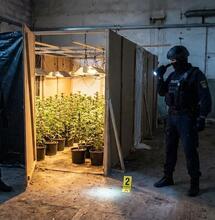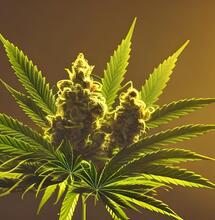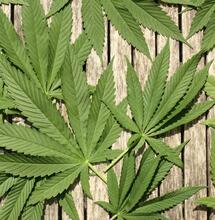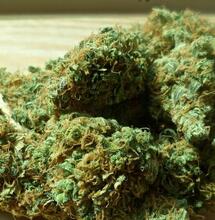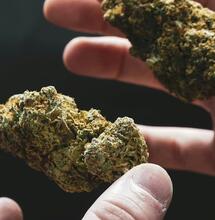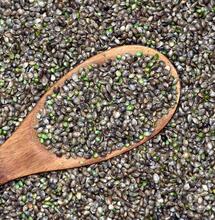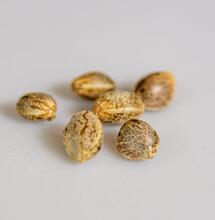Sending Cannabis Seeds into Space
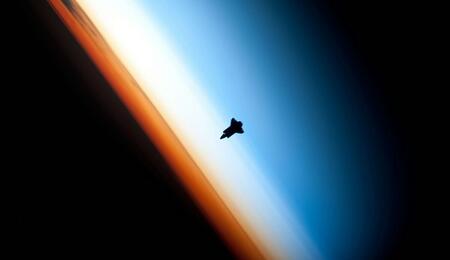
While some countries still criminalize cannabis, scientists want to take it to space. They believe that cannabis might be useful one day for lunar or Martian colonists. But the first mission to send cannabis seeds into space to test their resilience has failed.
A space capsule that was launched into space on June 23, and returned June 24, was packed with hundreds of seeds, fungus, algae, and even human burial remains. The unordinary effort was conducted by European aerospace startup The Exploration Company and involved multiple parties. It included the Martian Grow project, led by Božidar Radišič from the Research Nature Institute in Slovenia, which supplied more than 150 cannabis seeds sealed in a special capsule.
Unfortunately, upon reentry into Earth’s atmosphere, the contents of the capsule were lost in the Pacific. The scientists wanted to research genetic and epigenetic changes in the cannabis seeds that were exposed to the high levels of radiation seen in space.
Scientists Want to Explore the Usefulness of Cannabis for Future Space Missions
The rocket was reportedly launched from Vandenberg Space Force Base in California. One of the aims of the mission was to send plant tissues and seeds into low orbit around Earth’s poles, with hopes to speed up studies on how various biological systems are affected by intense radiation. This information-gathering could be useful if someday we want to cultivate plant life on another planet.
All plant samples were put in a special biological incubator known as MayaSat-1, a patent of the Genoplant Research Institute from Slovenia that specializes in space-based biological research. The incubator passed around the North and South poles where there’s up to 100 times more radiation. According to the plan, it was supposed to return to Earth near Hawaii, then be shipped to Europe.
Besides genetic changes, other study interests mentioned by cannabis scientists include observing plant adaptations, and possible cannabinoid profile changes, or how much THC, CBD or other cannabinoids the plants go on to develop after their exposure up there.
The Martian Grow team also wanted to look for structural and physiological changes, such as changes in leaf size, chlorophyll content, roots development, water intake, photosynthesis, etc. However, for now the team will have to wait for a new mission i which they resend cannabis seeds to space and hopefully retrieve the content with success.
In a second phase of the study, the research effort will also simulate Martian soil conditions and growing plants in controlled low-gravity environments on Earth. The study could even lead to the discovery of new compounds in cannabis.
The Versatility of Cannabis Makes It a Good Candidate as a Space Crop
All of this research on cannabis is happening because scientists believe in its immense potential as a crop that could be very useful and helpful if humans travel to other planets and try to start colonies there.
Cannabis is the perfect candidate for many reasons. Principally it is a versatile plant, packed with nutrient and protein content; it can be used as medicine, as well as to source building and clothing materials. “I don’t think many other plants give us all these things,” commented Radišič, Wired reported.
“The point is to explore how, and if, cosmic conditions affect cannabis genetics, and we may only find this out after several generations,” he said.
From previous research it is known that radiation can randomly cause mutations in exposed biological material, turning genes up and down, and causing various disruptions. Eventually, these radiation-triggered processes could lead to new genetically stable mutations that could then be identified and focused on.
But the Capsule Was Lost in the Pacific
What the scientists want to find out is awesome, but the first part of the mission did not have a great ending. Upon reentry to Earth, communication with the capsule got interrupted. Not only the plant material for research was lost, but also the remains of 166 people who were sent into space as part of a special burial organized by another European startup. According to Times of India, a reentry anomaly led to the capsule’s destruction and all of its contents were scattered in the waters of the ocean.
The Exploration Company posted an update on LinkedIn, where it said the mission was partial success and partial failure:
The capsule was launched successfully, powered the payloads nominally in-orbit, stabilized itself after separation with the launcher, re-entered and re-established communication after black out. But it encountered an issue afterwards, based on our current best knowledge, and we lost communication a few minutes before splashdown. We are still investigating the root causes and will share more information soon. We apologize to all our clients who entrusted us with their payloads.
More from Soft Secrets:




